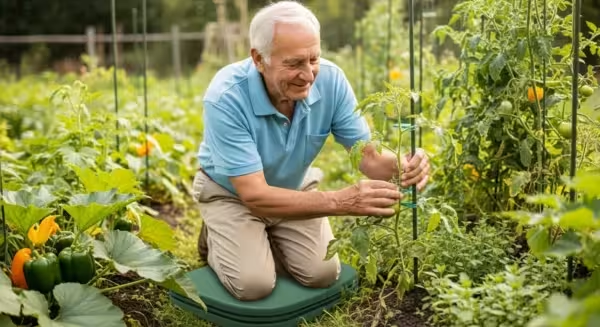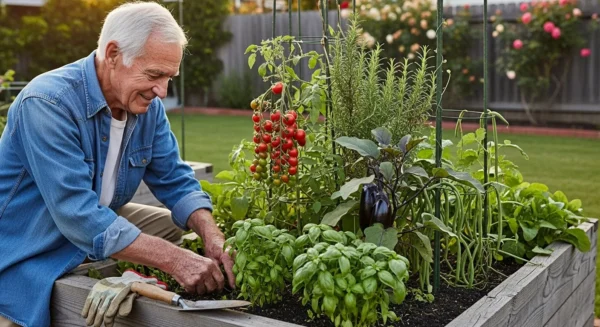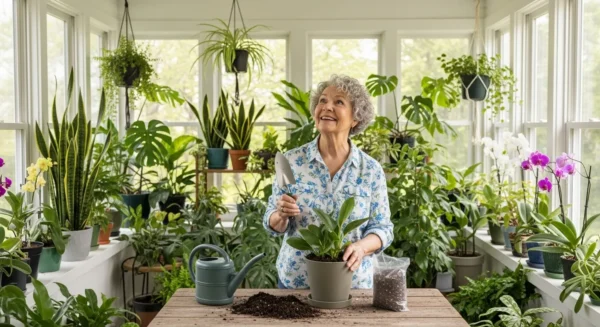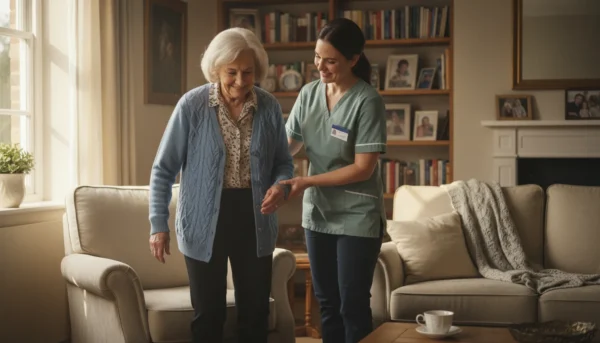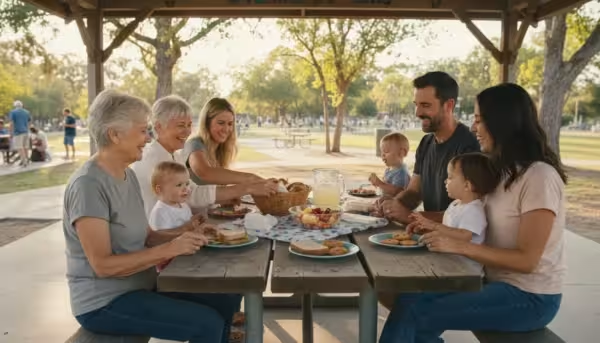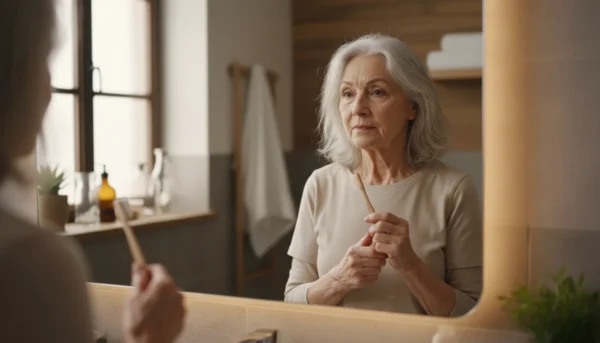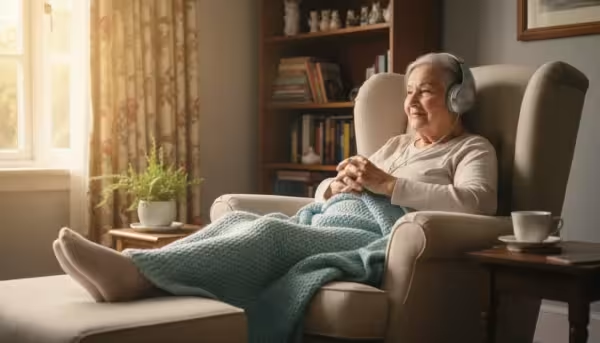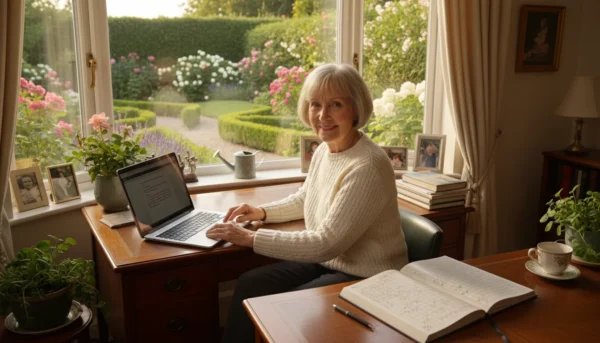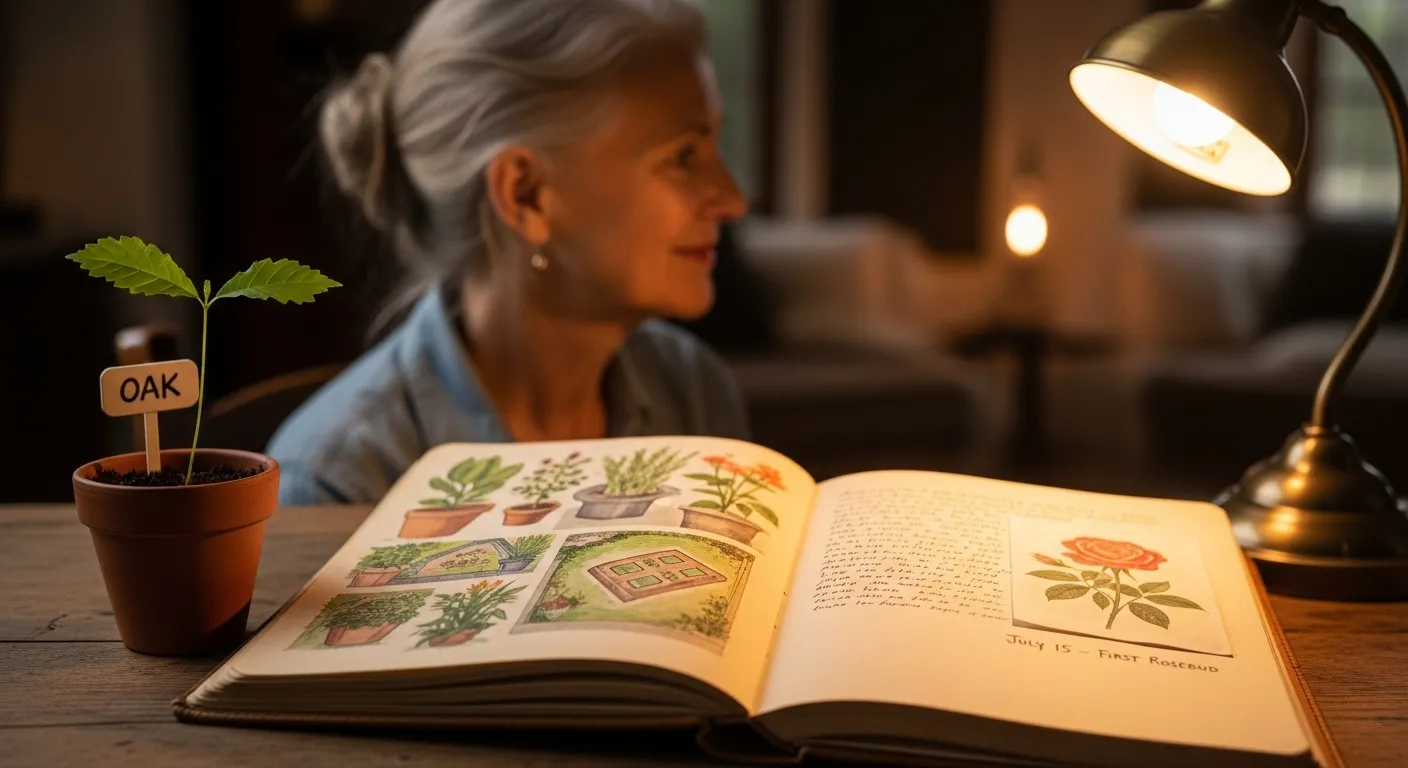
10 Fun and Safe Brain Activities to Try Today
Here are ten accessible and enjoyable activities you can start today to give your brain a healthy workout. Remember to choose what sounds most interesting to you. The best brain exercise is one you’ll stick with!
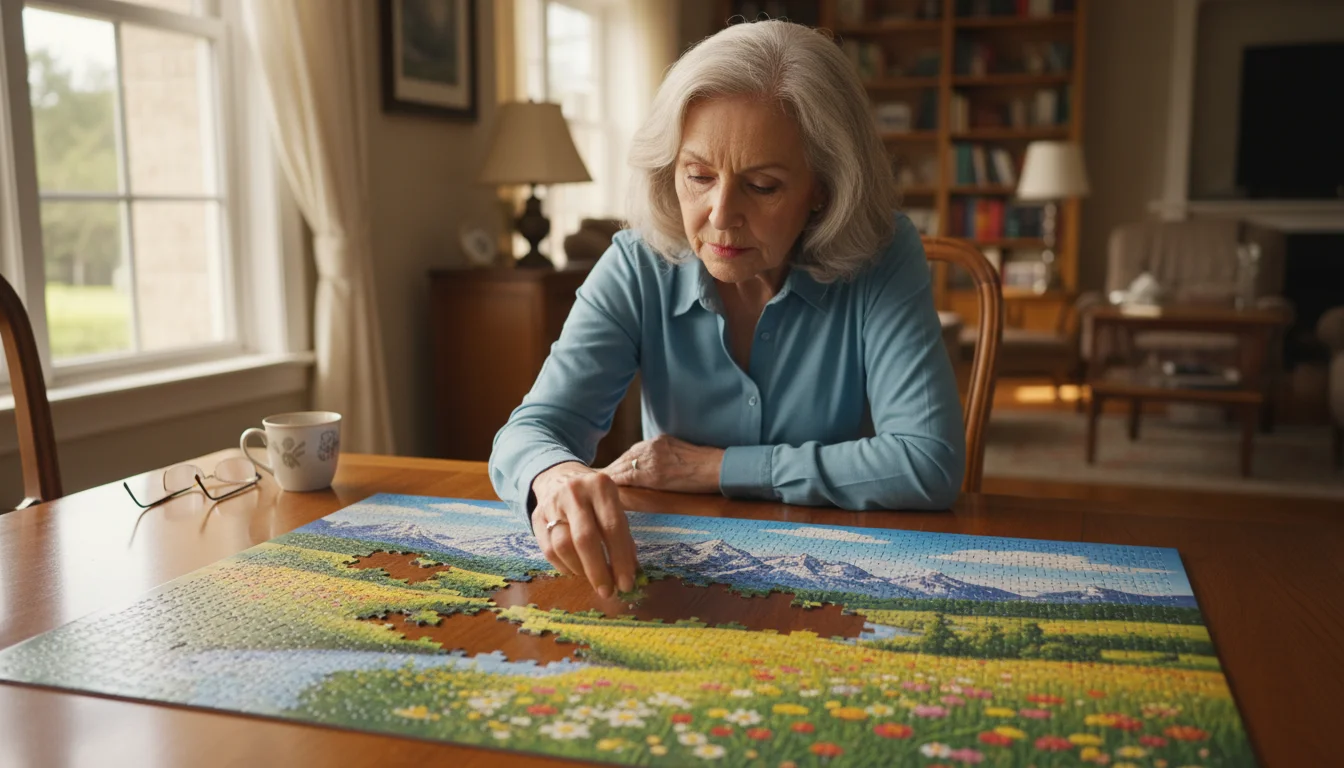
1. Piece Together a Jigsaw Puzzle
How it helps: Jigsaw puzzles are a fantastic workout for your brain. They engage multiple cognitive abilities at once, including short-term memory (remembering a shape or color you just saw), visual-spatial reasoning (understanding how pieces fit together), and problem-solving. The act of searching for and fitting pieces is a calming, meditative process that can also improve focus and attention to detail.
Getting started safely: Start with a puzzle that has larger pieces and a lower piece count, like 300 or 500 pieces. Choose an image you find beautiful or interesting. Work on a well-lit, flat surface where you can leave the puzzle out if you need to take breaks.
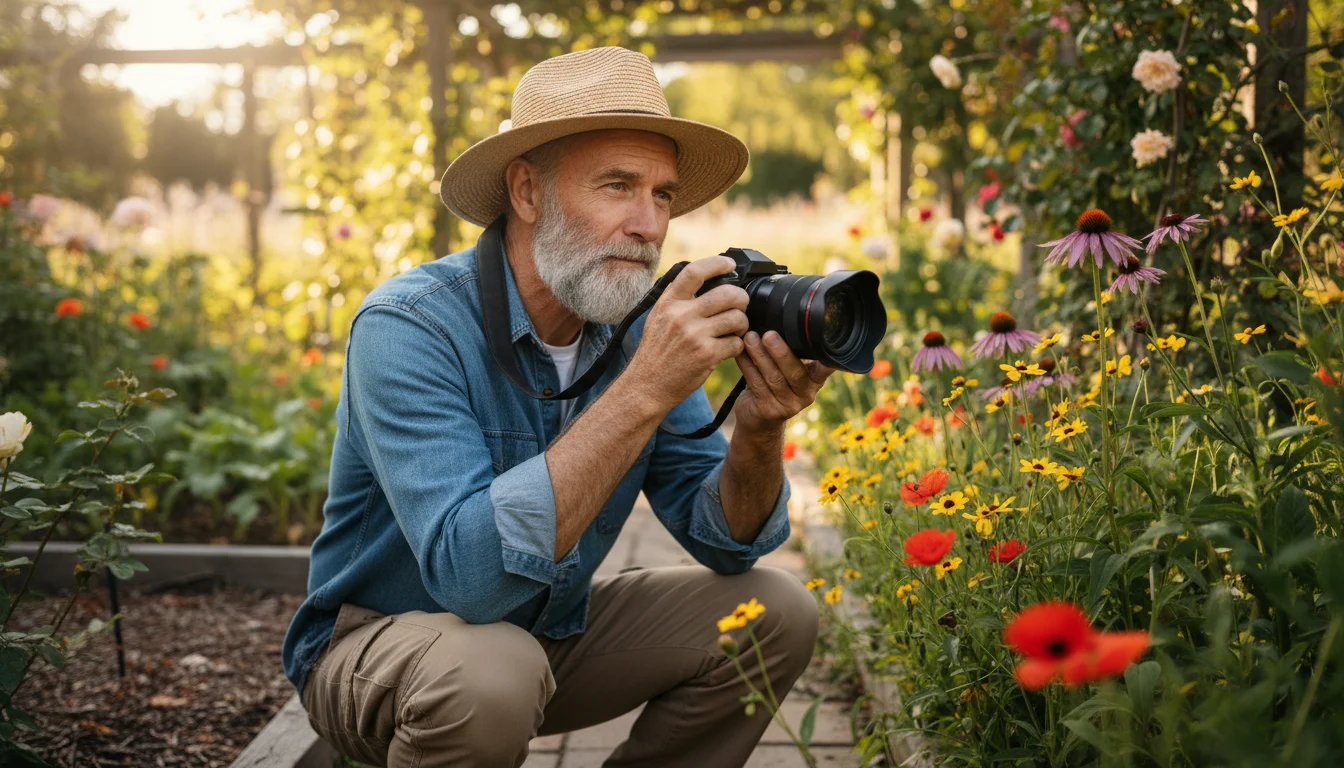
2. Learn a New Skill or Hobby
How it helps: Learning something completely new is one of the best ways to build new neural pathways. Whether it’s playing a simple instrument like the ukulele, learning a few phrases in a new language with a free app, or taking up digital photography, the process of acquiring a new skill challenges your brain in a holistic way.
Getting started safely: Don’t aim for mastery overnight. The goal is the process of learning. Look for free online tutorials, check for classes at your local community center, or ask a friend or family member to teach you something they know. Patience is key.
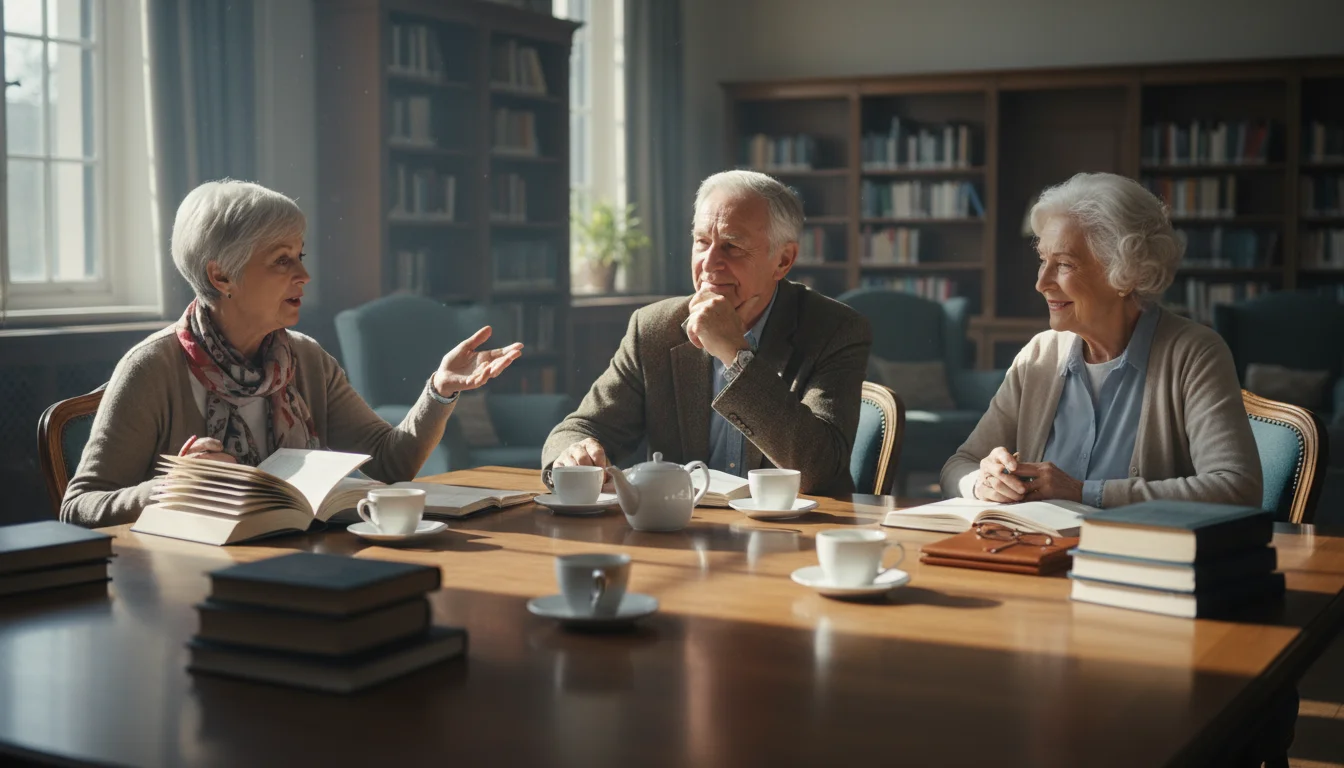
3. Read Actively and Join a Book Club
How it helps: Reading is more than just a pastime; it’s a complex cognitive task that enhances vocabulary, stimulates imagination, and improves memory. To make it an even better brain exercise, read actively by thinking about the plot, guessing what might happen next, or looking up words you don’t know. Joining a book club adds a wonderful social dimension, requiring you to analyze, articulate your thoughts, and consider different perspectives.
Getting started safely: Your local library is a treasure trove of free books, audiobooks, and e-books. Many libraries also host book clubs for seniors. If getting out is difficult, consider starting a small club with friends or neighbors.
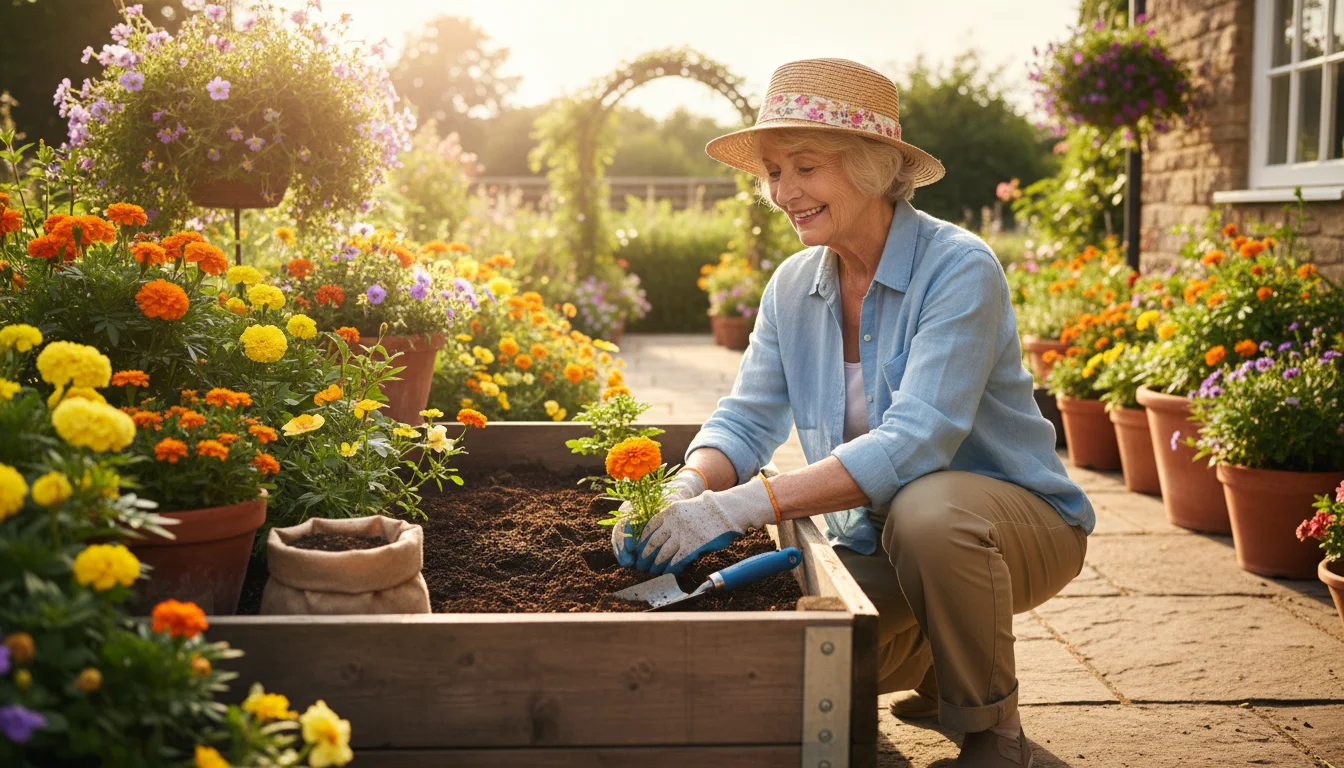
4. Engage in Gardening
How it helps: Gardening is a surprisingly complex activity that benefits both body and mind. It involves planning (deciding what to plant and where), problem-solving (dealing with pests or poor soil), and sensory engagement (touching the soil, smelling the flowers). It also provides light physical exercise and stress reduction, which are both crucial for brain health.
Getting started safely: If you have mobility concerns, consider raised garden beds or container gardening on a patio. Use ergonomic tools to reduce strain. Always wear gloves, a hat, and sunscreen, and stay hydrated.
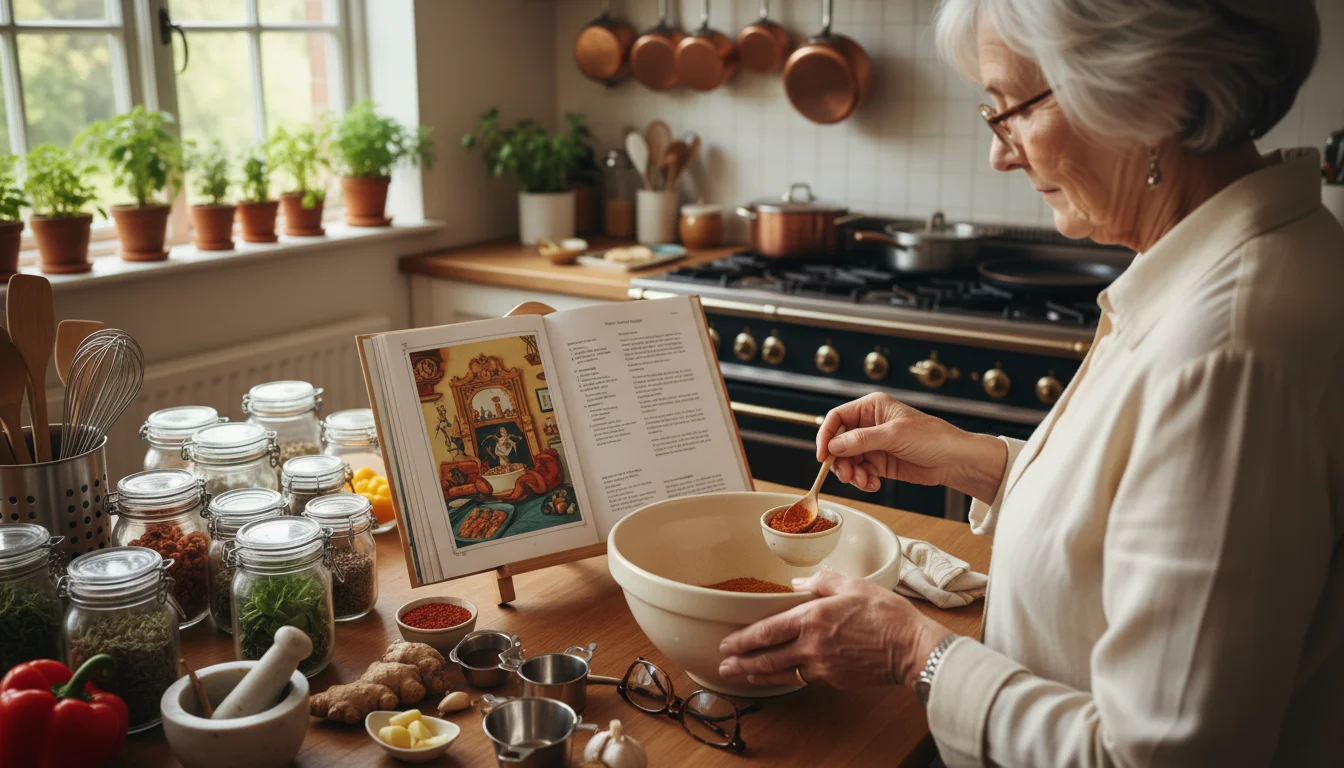
5. Try a New Recipe
How it helps: Cooking or baking uses a wide range of cognitive skills. Following a new recipe requires you to read and comprehend instructions, measure ingredients accurately (using math skills), multitask (managing multiple pots or timers), and engage your senses of smell, taste, and touch. It’s a practical and delicious way to challenge your brain.
Getting started safely: Choose a simple recipe to start. Lay out all your ingredients and tools before you begin to stay organized. Don’t be afraid to ask for help if you need it, especially with chopping or lifting heavy pots.
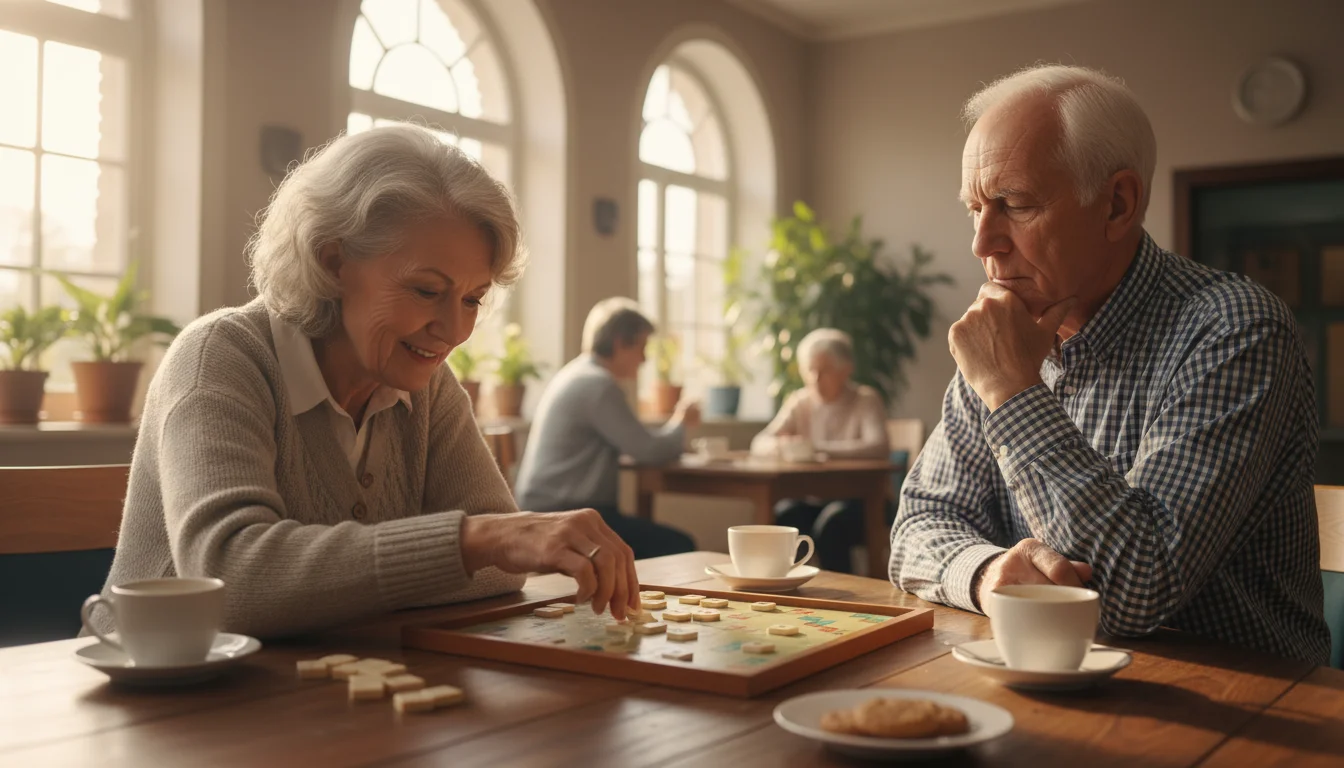
6. Play Card Games, Board Games, or Puzzles
How it helps: Games like Bridge, Canasta, Scrabble, or Chess require strategy, memory, and planning. They are also highly social, helping to combat loneliness and build community connections. Even solo games like Sudoku or crossword puzzles are excellent for exercising logic, vocabulary, and memory recall. These are classic memory tips in action.
Getting started safely: Look for senior centers or community groups that host game days. If you’re new to a game, let others know. Most players are happy to teach newcomers. There are also many free, safe websites and apps for playing these games online.

7. Start Journaling or Creative Writing
How it helps: The act of writing helps organize your thoughts, practice language skills, and engage your creativity. You can write about your day, jot down cherished memories, create fictional stories, or try your hand at poetry. Recalling past events for a memoir or journal is a powerful way to exercise your long-term memory.
Getting started safely: You don’t need to be a great writer. Just a simple notebook and a pen will do. Start with just one sentence or a short paragraph a day. The goal is self-expression, not creating a masterpiece.

8. Practice Mindful Observation
How it helps: This simple exercise trains your brain to focus and pay attention to detail. You can do it anywhere. For example, sit by a window and try to notice ten things you’ve never paid attention to before. Or, during a walk, focus on the sounds around you—the birds, the wind, distant traffic. This practice of mindfulness calms the mind and sharpens your observational skills.
Getting started safely: This is one of the safest activities possible. Find a comfortable place to sit or walk slowly in a safe, familiar area like a park or your own backyard. There is no right or wrong way to do it; just be present in the moment.

9. Learn a Simple Dance Routine
How it helps: Dancing is a powerhouse activity for the brain. It combines physical exercise (which increases blood flow to the brain) with the mental challenge of learning and remembering steps and sequences. It also improves balance and coordination. Whether it’s line dancing, ballroom, or a simple routine from an online video, moving to music is a joyful way to boost cognitive and physical health.
Getting started safely: Look for beginner-level classes designed for seniors. Wear comfortable, supportive shoes and move at your own pace. Hold onto a chair for balance if needed, especially when first starting out.
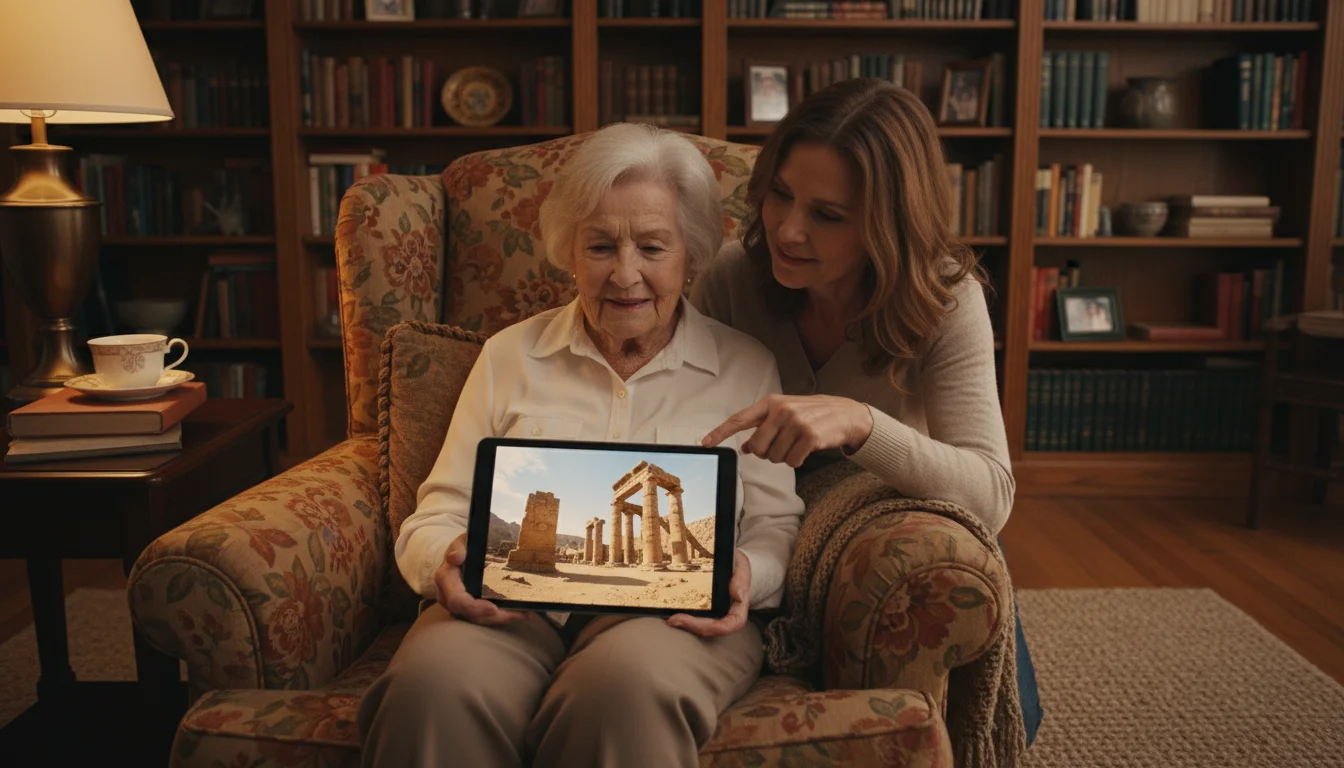
10. Explore the World Virtually
How it helps: Using a computer or tablet, you can take a virtual tour of a famous museum, explore a city on the other side of the world with online maps, or watch documentaries about nature or history. This type of exploration stimulates curiosity, engages your visual and auditory senses, and helps you learn new information about different cultures and places, all from the comfort of home.
Getting started safely: Ask a family member or friend to help you get started if you’re not comfortable with technology. Stick to well-known websites like those for major museums (The Louvre, The Smithsonian) or reputable travel channels to avoid scams.

